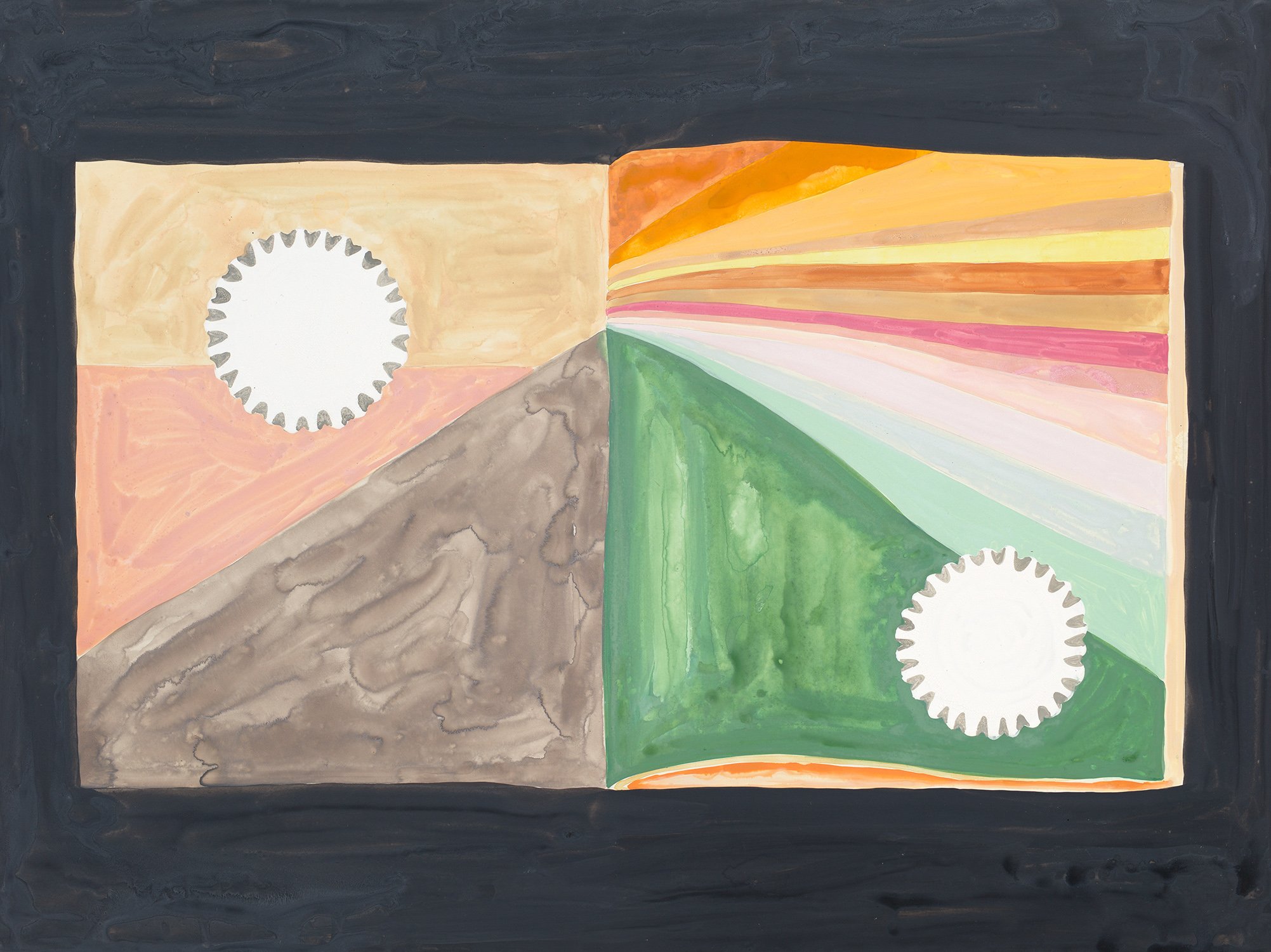
A world of One’s Own (Sarah Scout Presents):
2018
This collection of works were inspired by topics raised during the second season of Tai’s podcast ‘A World Of One’s Own.’ Notions such as self-doubt, empathy, meaning, humour, identity, motherhood and radicalism are some of the rich topics covered. A broad range of materials were employed including porcelain, gouache on velvet, acrylic on canvas and board. The work was installed in the Sarah Scout Presents salon gallery in 2018.
Artists interviewed included Lucreccia Quintanilla, Archie Barry, Paola Balla, Esther Stewart, Agatha Gothe-Snape, Laura Skerlj, Sanné Mestrom, Stanislava Pinchuk, Atong Atem, Meredith Turnbull, Kate Just and Megan Cope, among others.
Photography by Matthew Stanton.

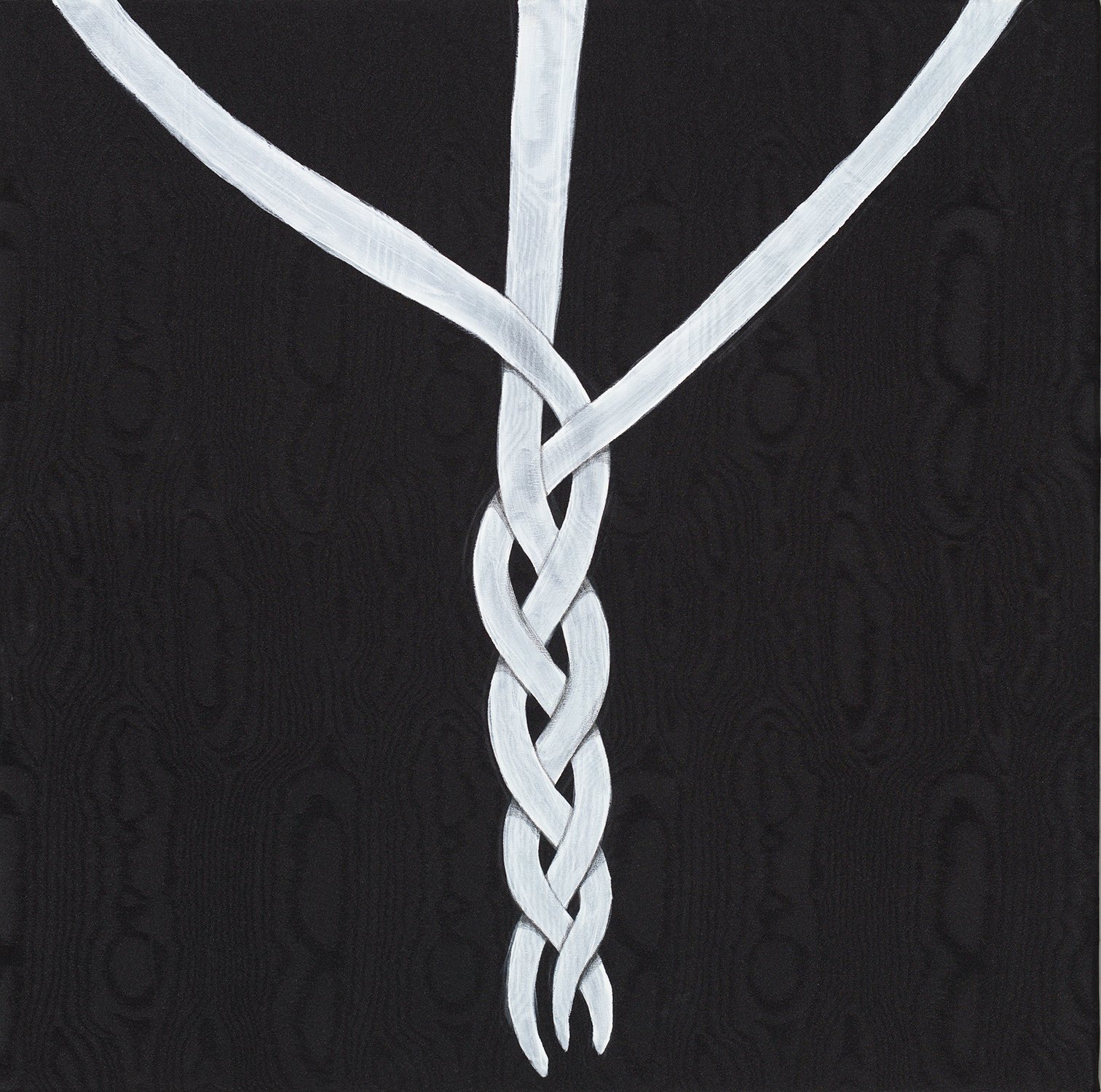






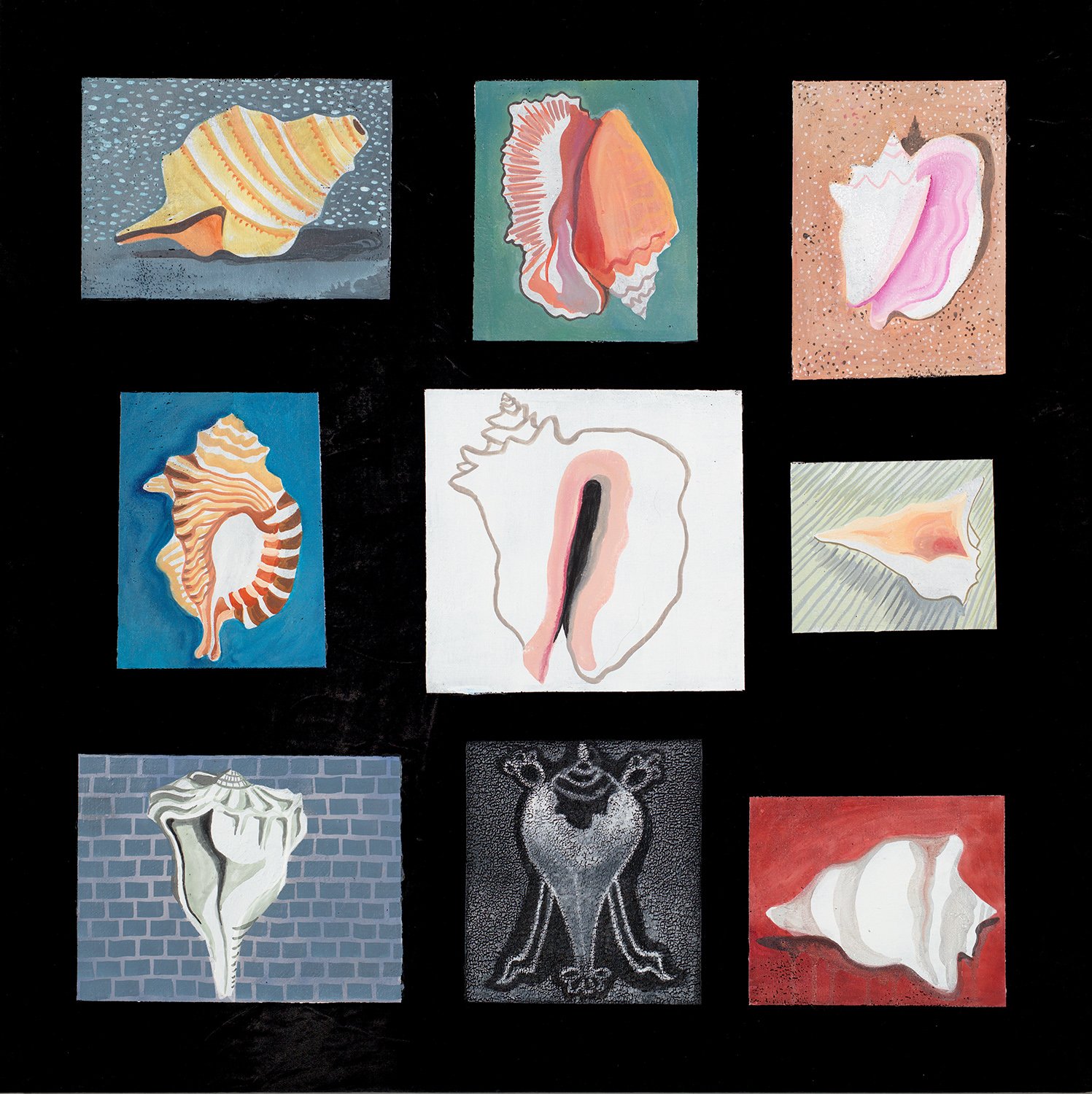




A world of One’s Own Exhibition at Art Gallery of Ballarat:
2019
In this exhibition Snaith has used the conversations from her recent podcast sessions as a springboard for a series of studio-based works responding to some of the themes emerging from the conversations. A World of One’s Own presents Snaith’s works and a selection of work by artists featured in the second series of the podcast including Megan Cope, Sanné Mestrom, Stanislava Pinchuk, Lucreccia Quintanilla and Esther Stewart.
Within this exhibition you can listen to a selection of Tai Snaith’s podcast interviews in a tc67 Expo Talking Chair designed by Grant and Mary Featherston for the Australian expo in Montreal Canada in 1967, generously provided by Grazia & Co.
Curated by Julie McClaren and Tai Snaith.

Art Gallery of Ballarat

Tai Snaith

Esther Stewart

Lucreccia Quintanilla

Lucreccia Quintanilla

Megan Cope
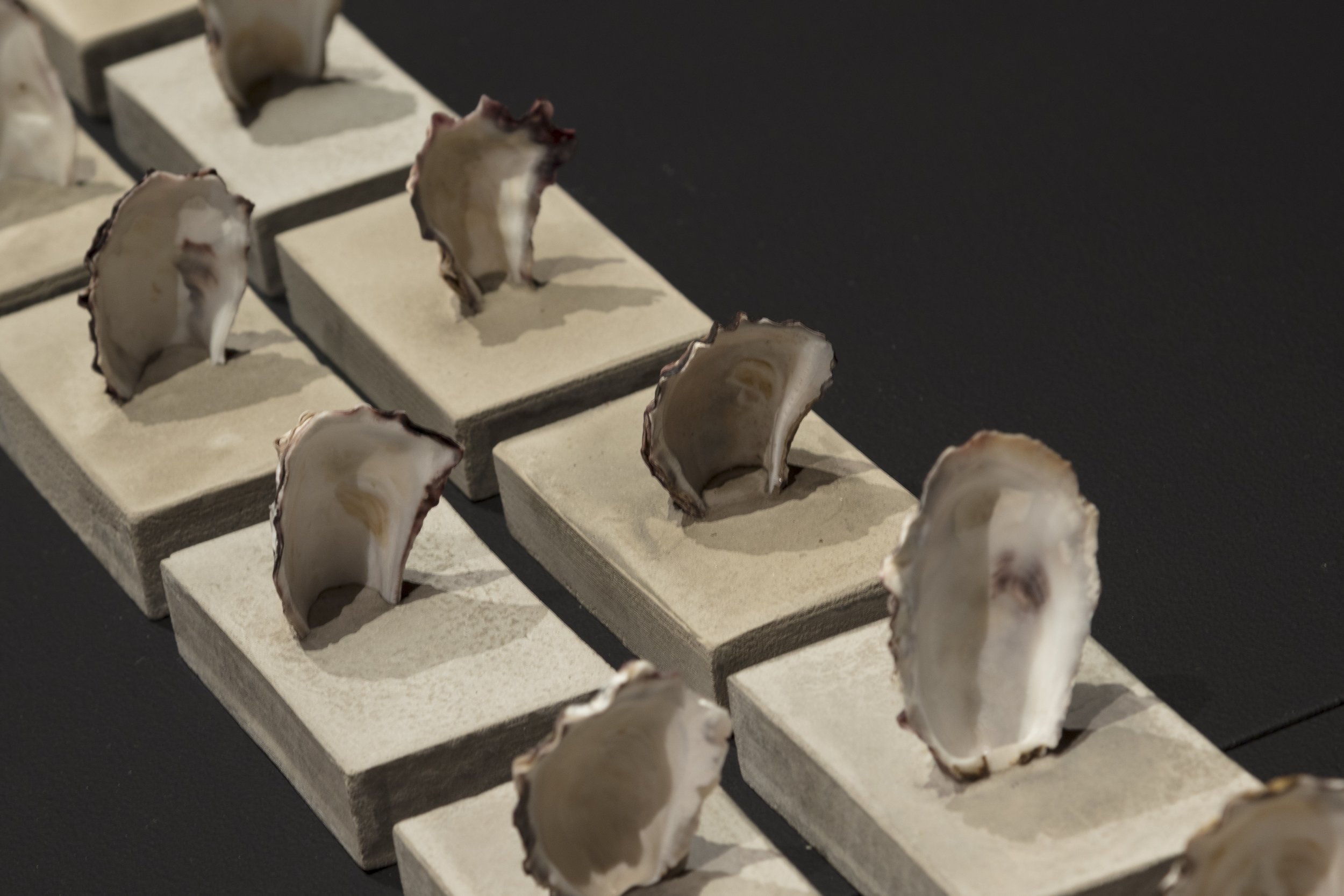
Megan Cope

Megan Cope
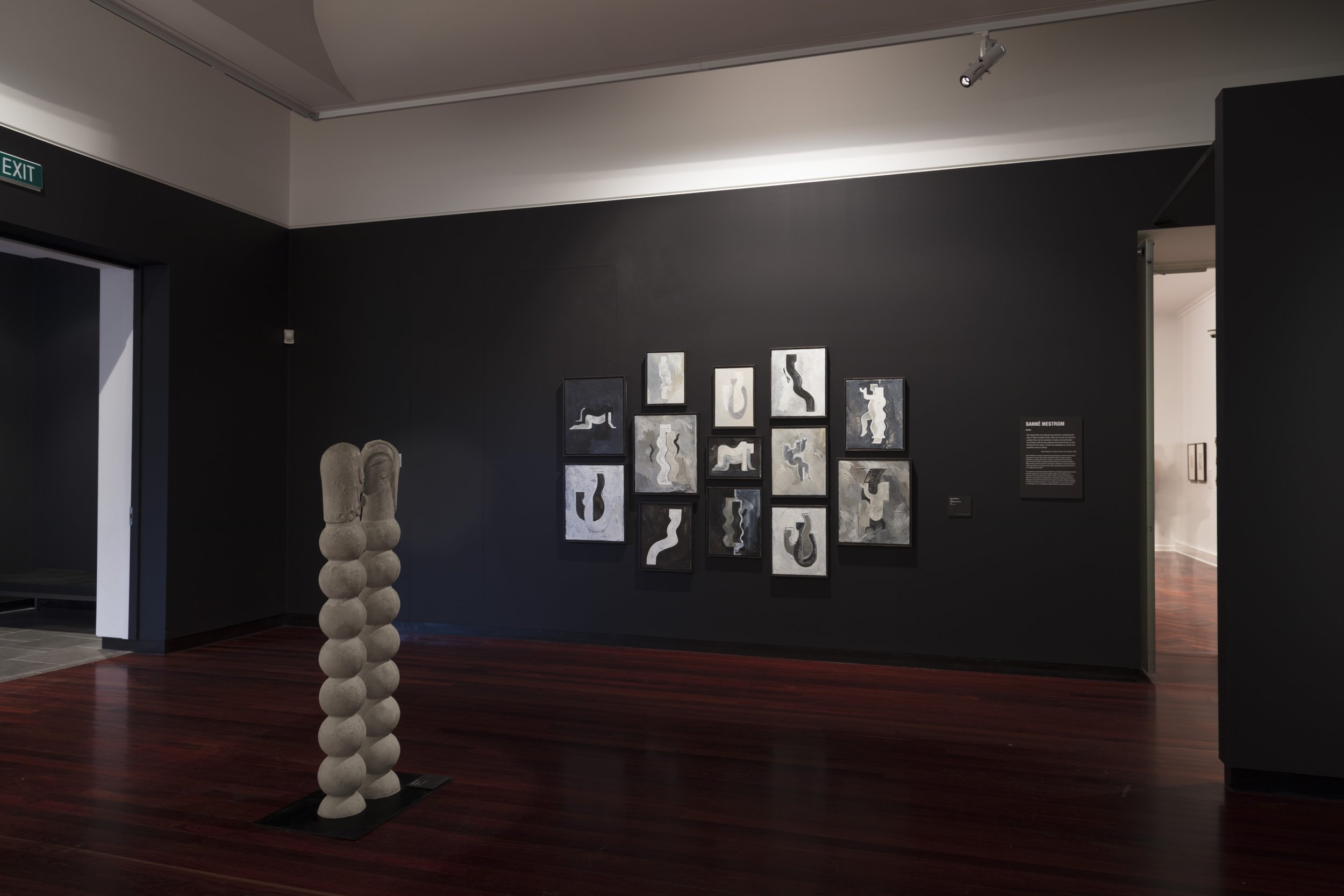
Sanne Mestrom
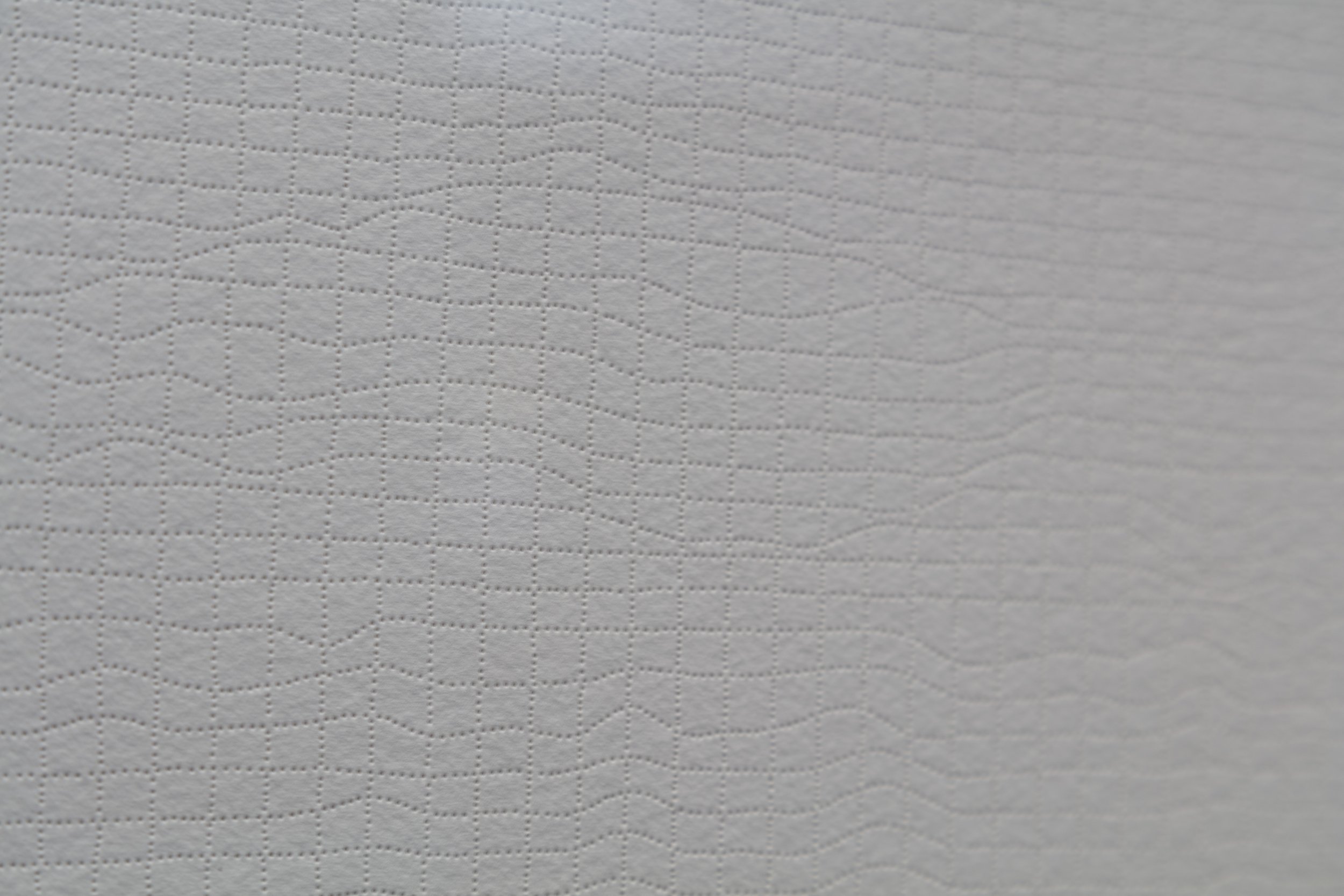
Stanislava Pinchuk
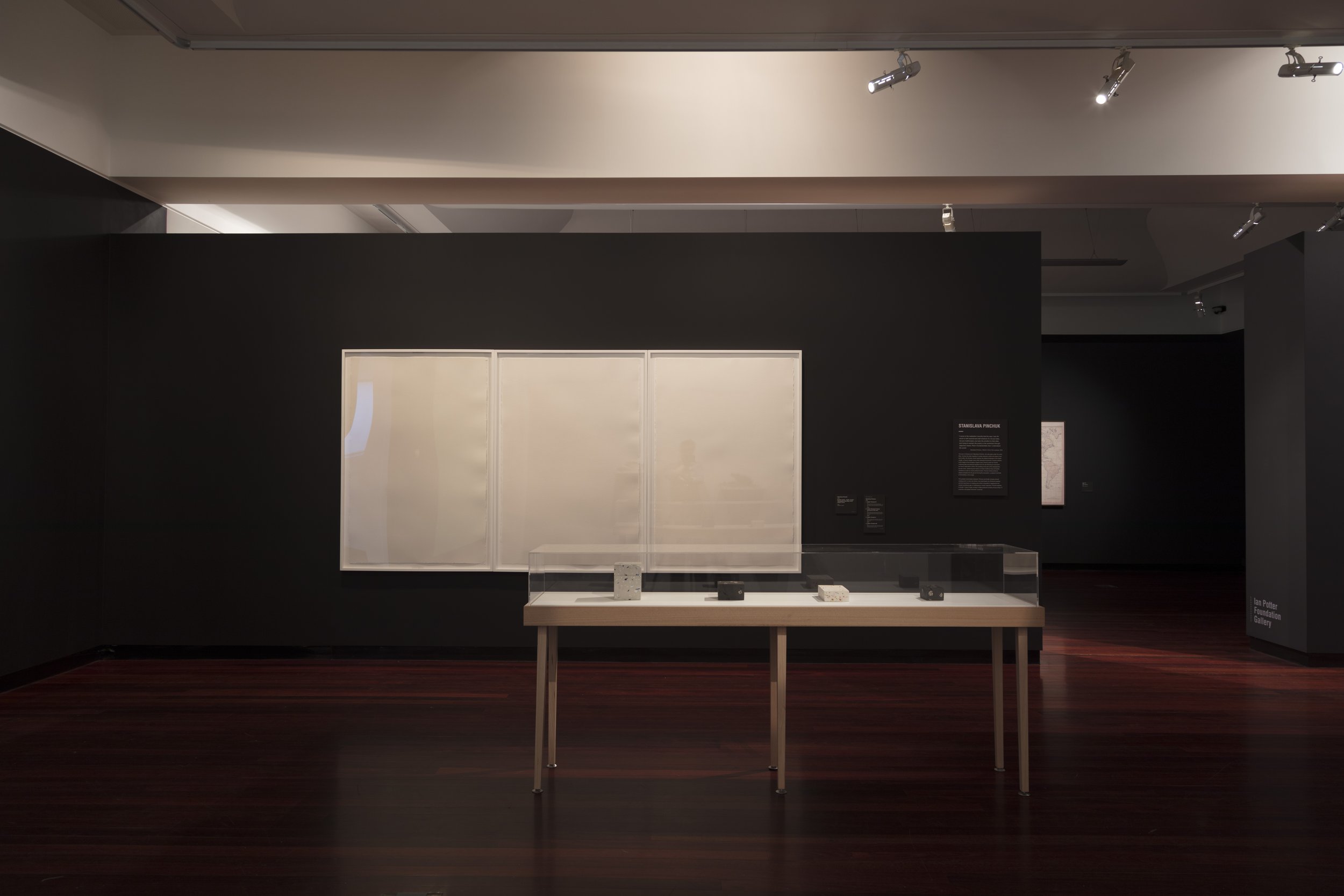
Stanislava Pinchuk
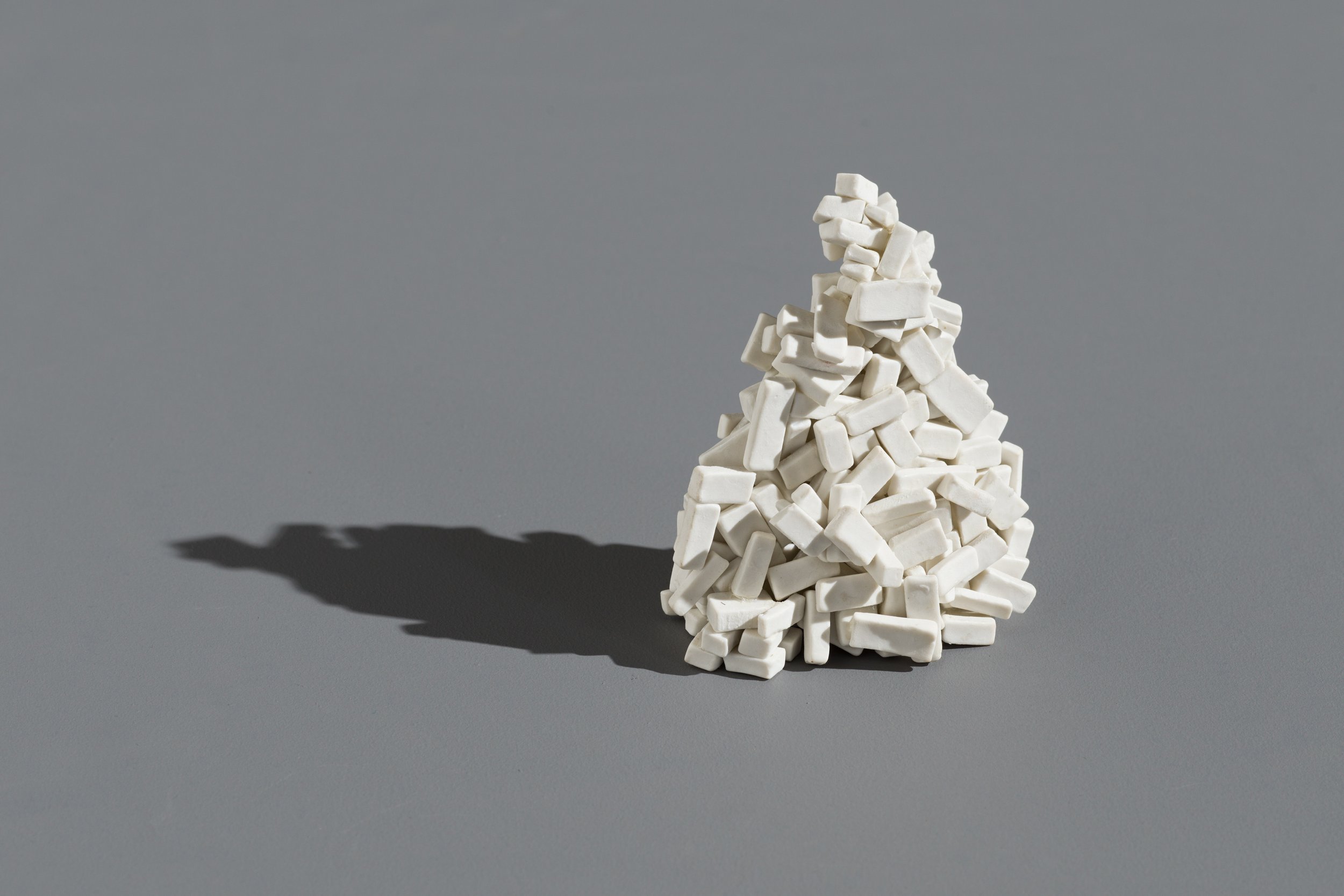
Tai Snaith

Tai Snaith

Tai Snaith

Tai Snaith
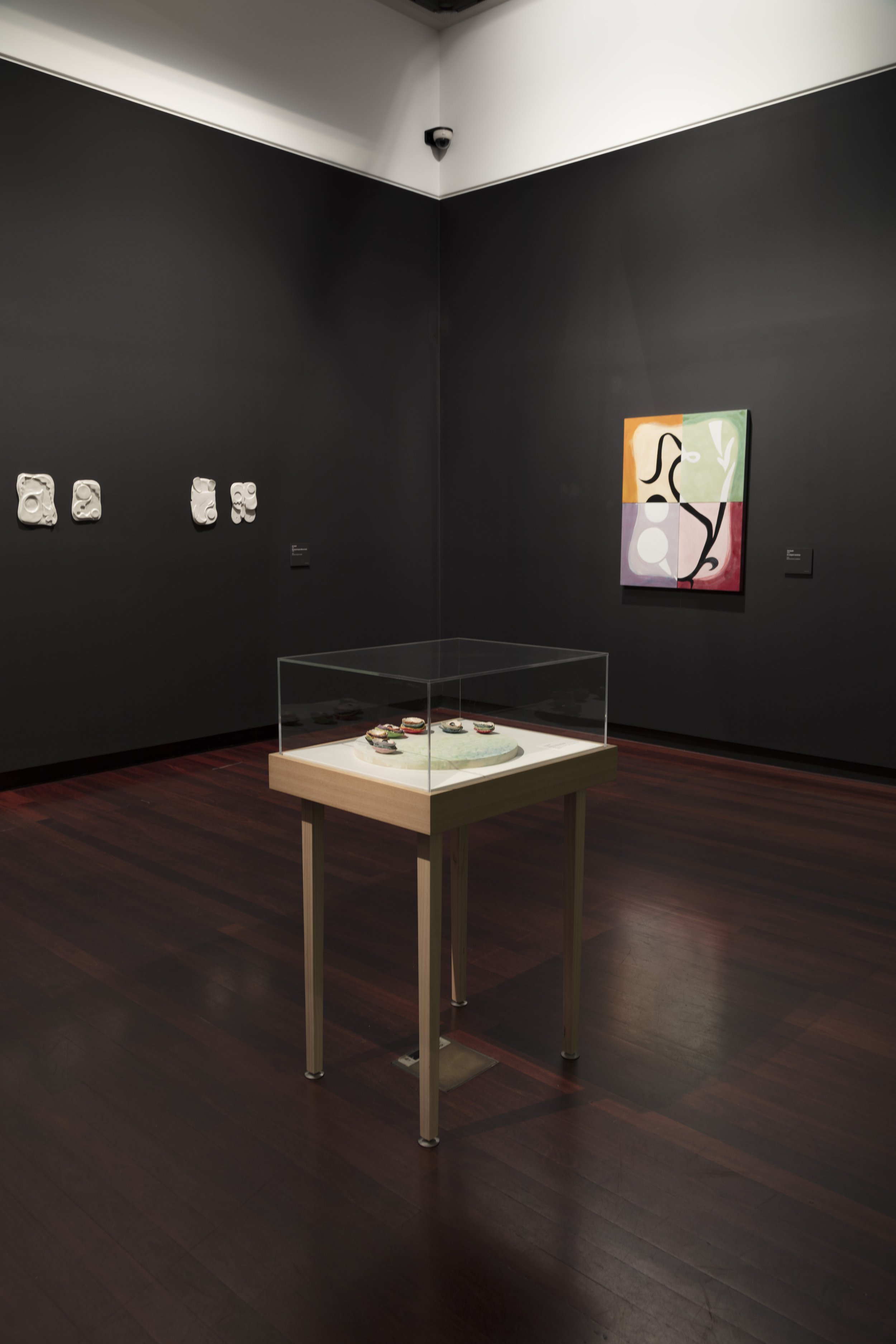
Tai Snaith
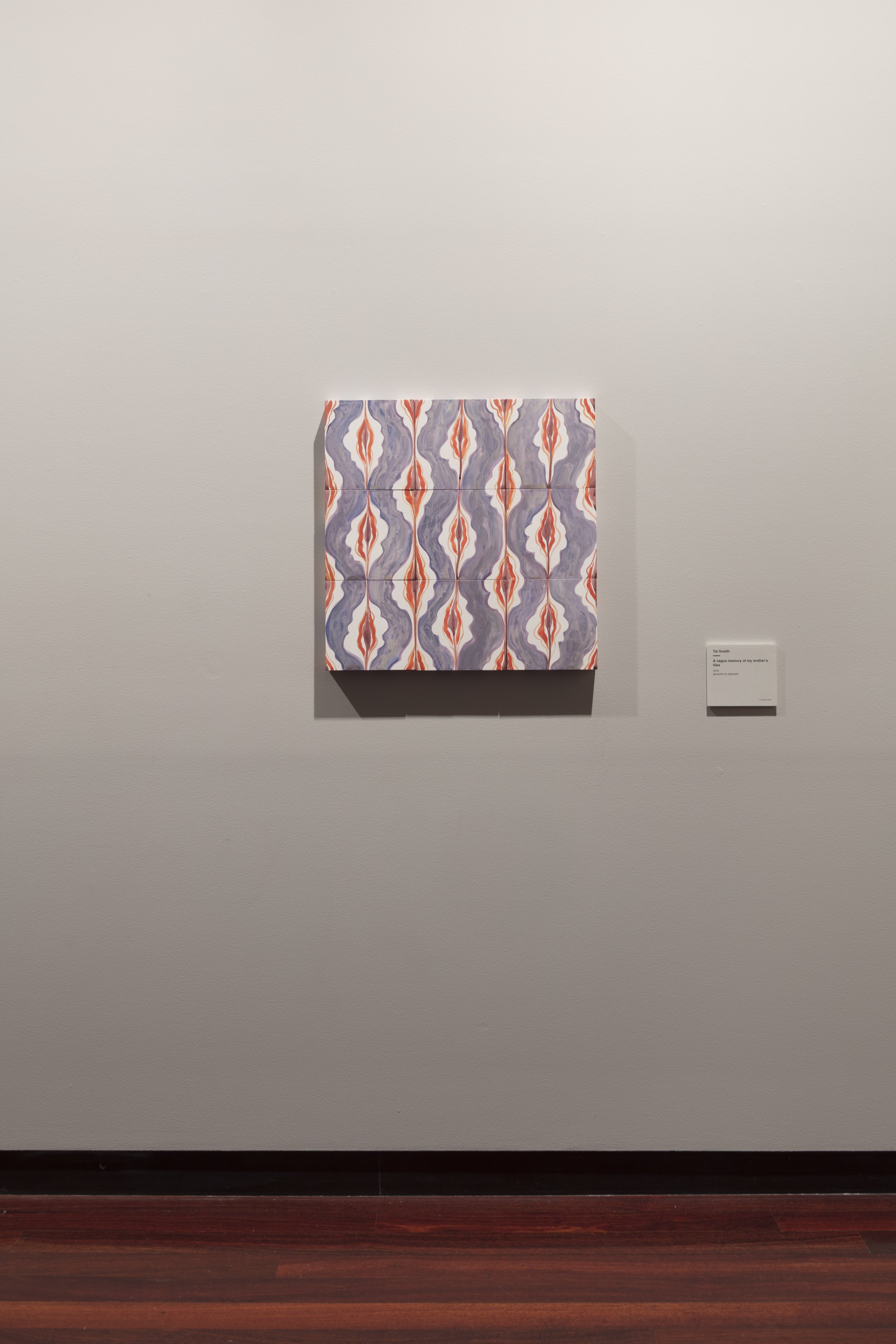
Tai Snaith
A world of One’s Own Exhibition at Mornington Peninsula Gallery:
2021
Snaith has conducted a series of podcast conversations with female-identifying artists whom she admires. In this third series Snaith presents relaxed, colloquial exchanges with artists selected from the MPRG works on paper collection.
Snaith explores shifts and similarities that artists face in their lives and artistic practices and attempts to break down the how and why of making art. They look at physical processes and how they relate to not only outcomes, but also unconscious, emotional or non-visual parallels and needs.
These conversations will be launched alongside an exhibition featuring MPRG collection works by these artists, alongside additional works from the collection by Sally Smart and Katherine Hattam, who Snaith has previously interviewed. The exhibition also includes a new artwork on paper made by Snaith, inspired by learnings from these discussions.
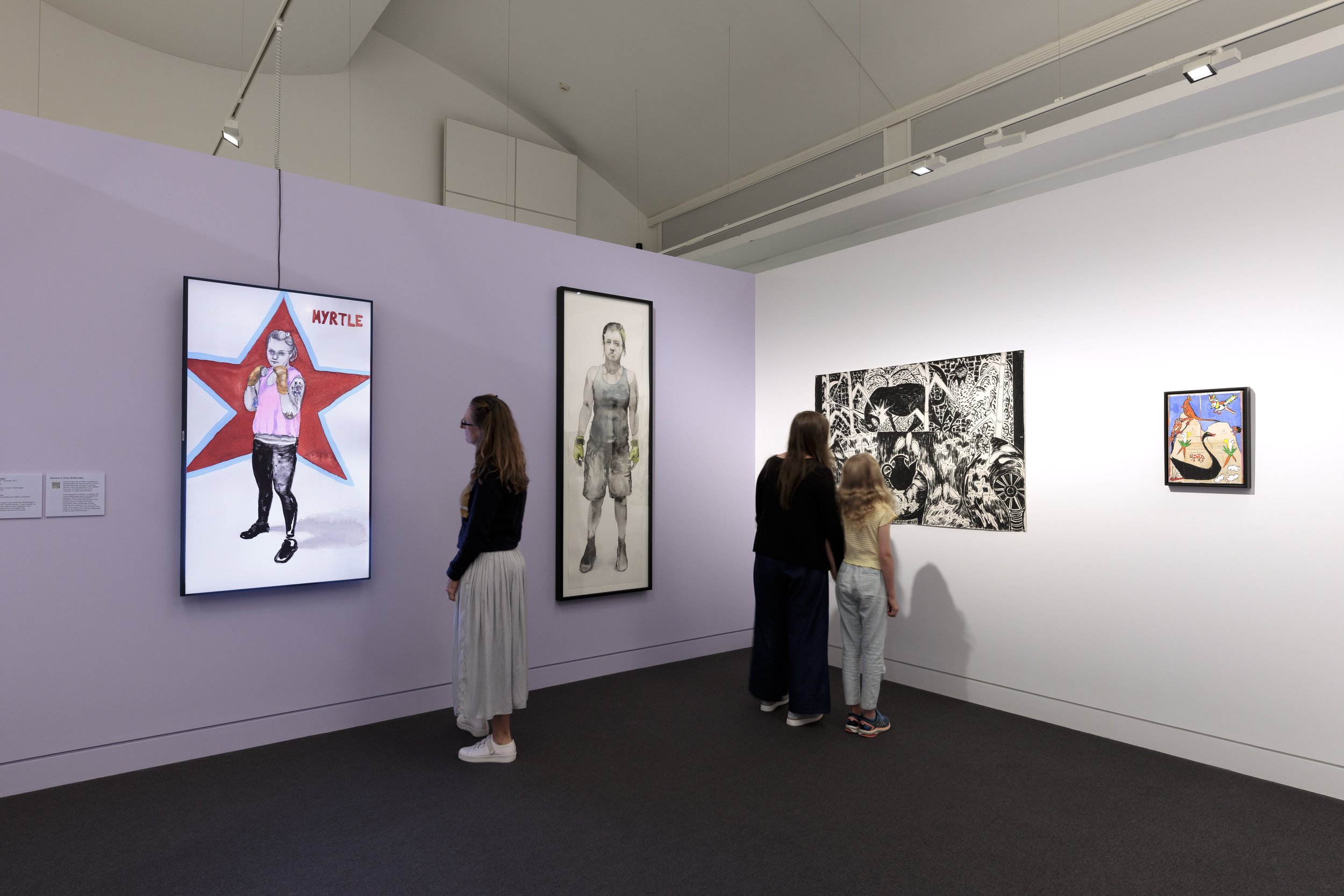
Fiona McMonagle (left) and Katherine Hattam (right)
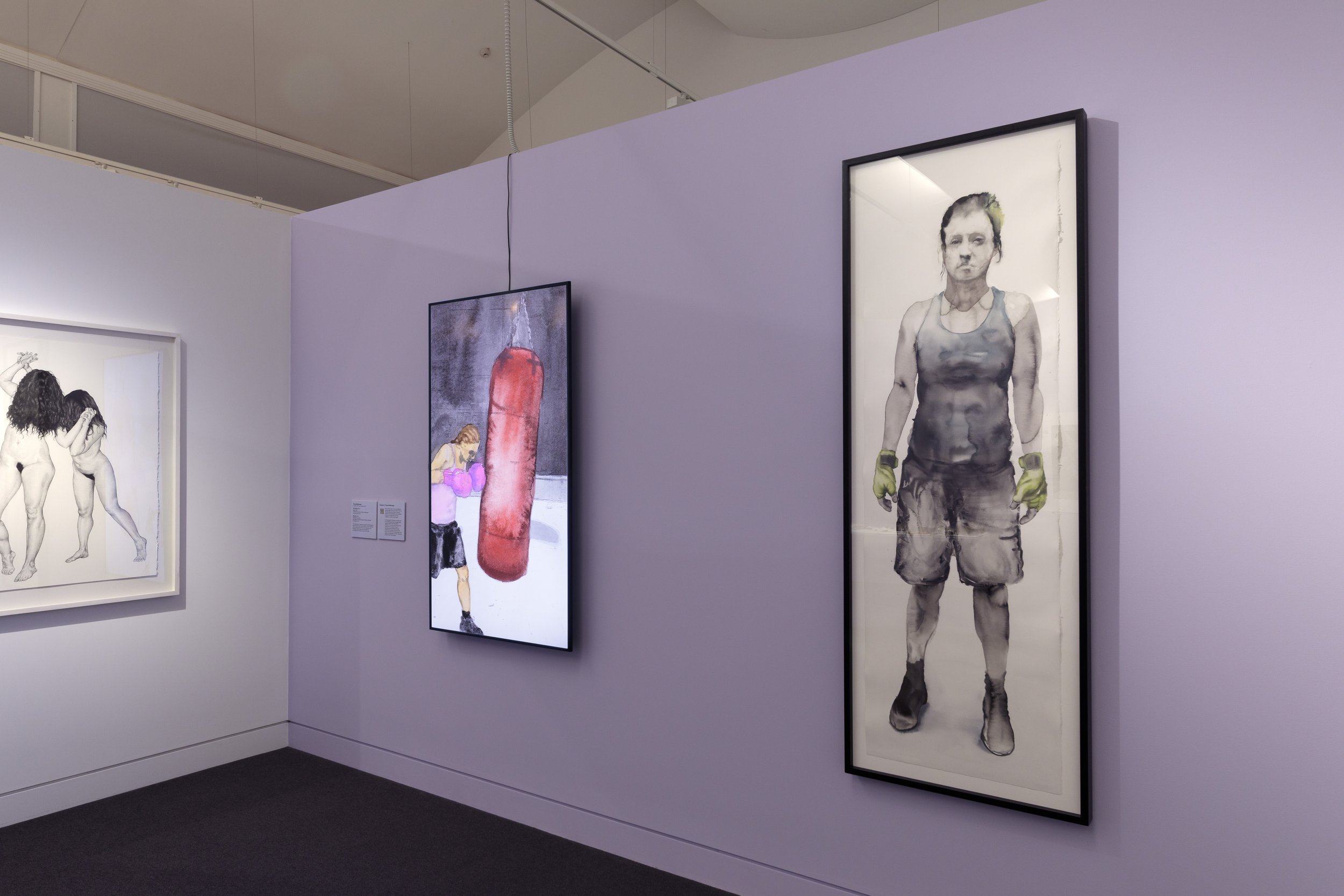
Lily Mae Martin (left) and Fiona McMonagle (right)

Elizabeth Gower (left) and Deborah Kelly (right)
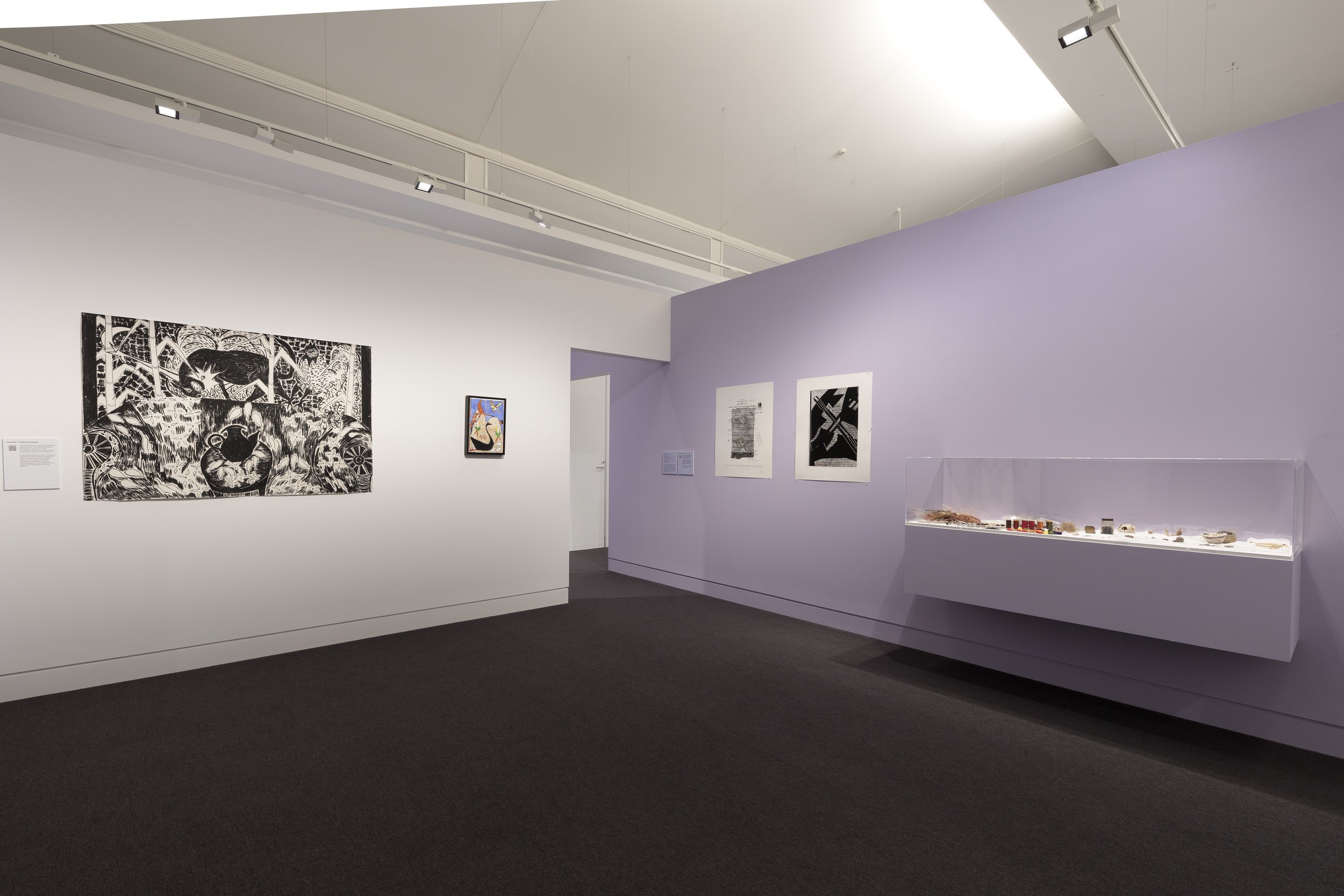
Katherine Hattam (left) and Lisa Waup (right)
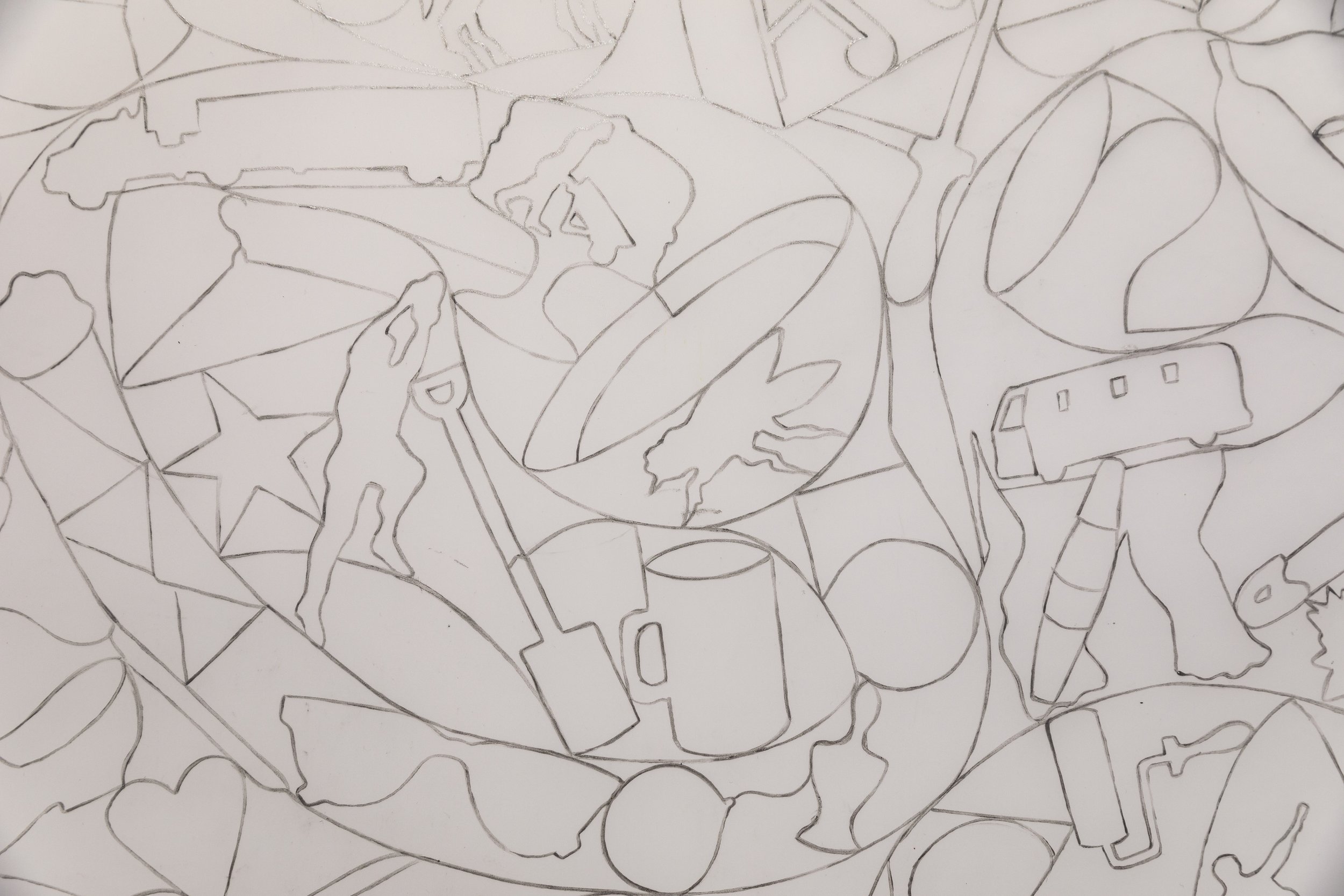
Eilzabeth Gower
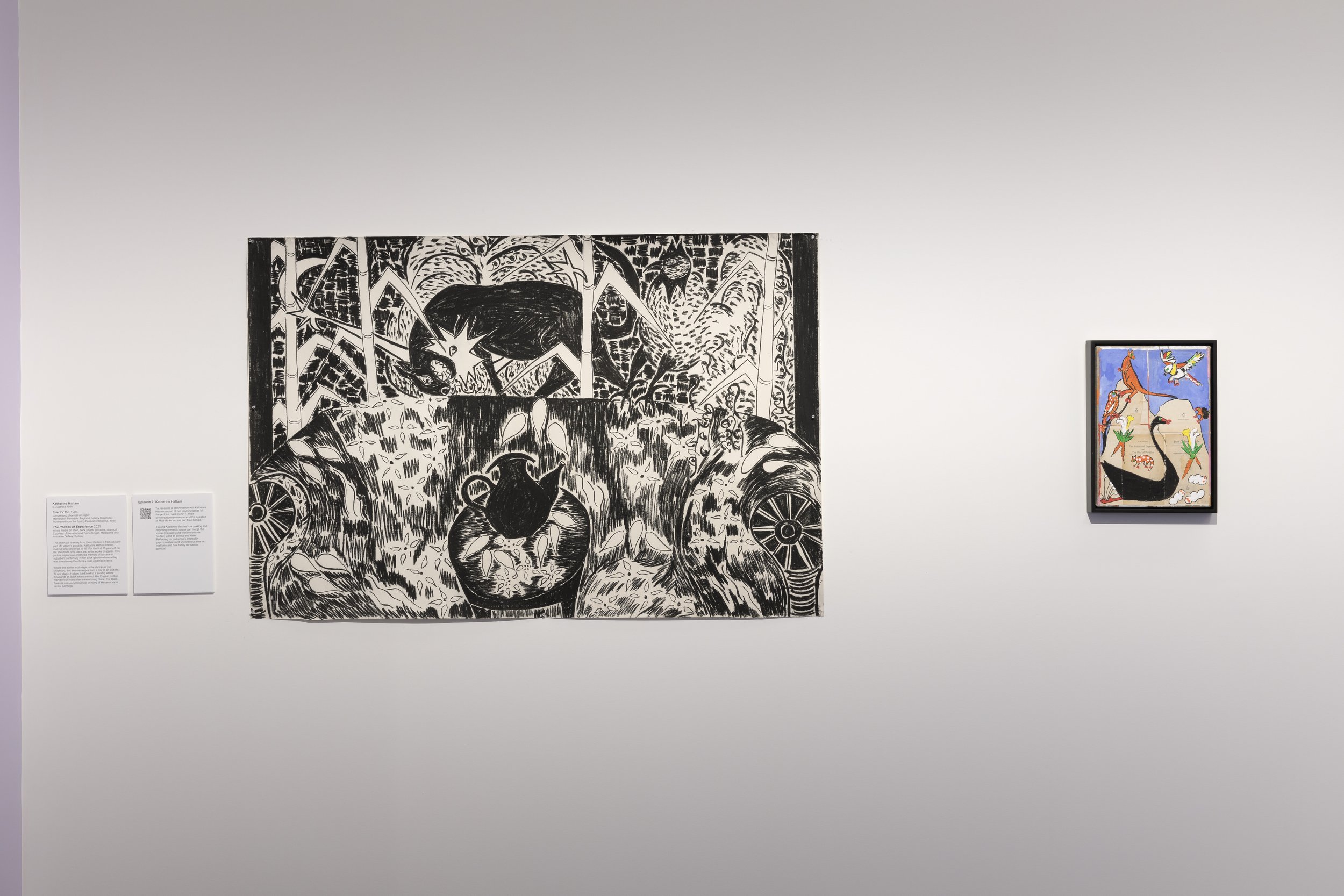
Katherine Hattam
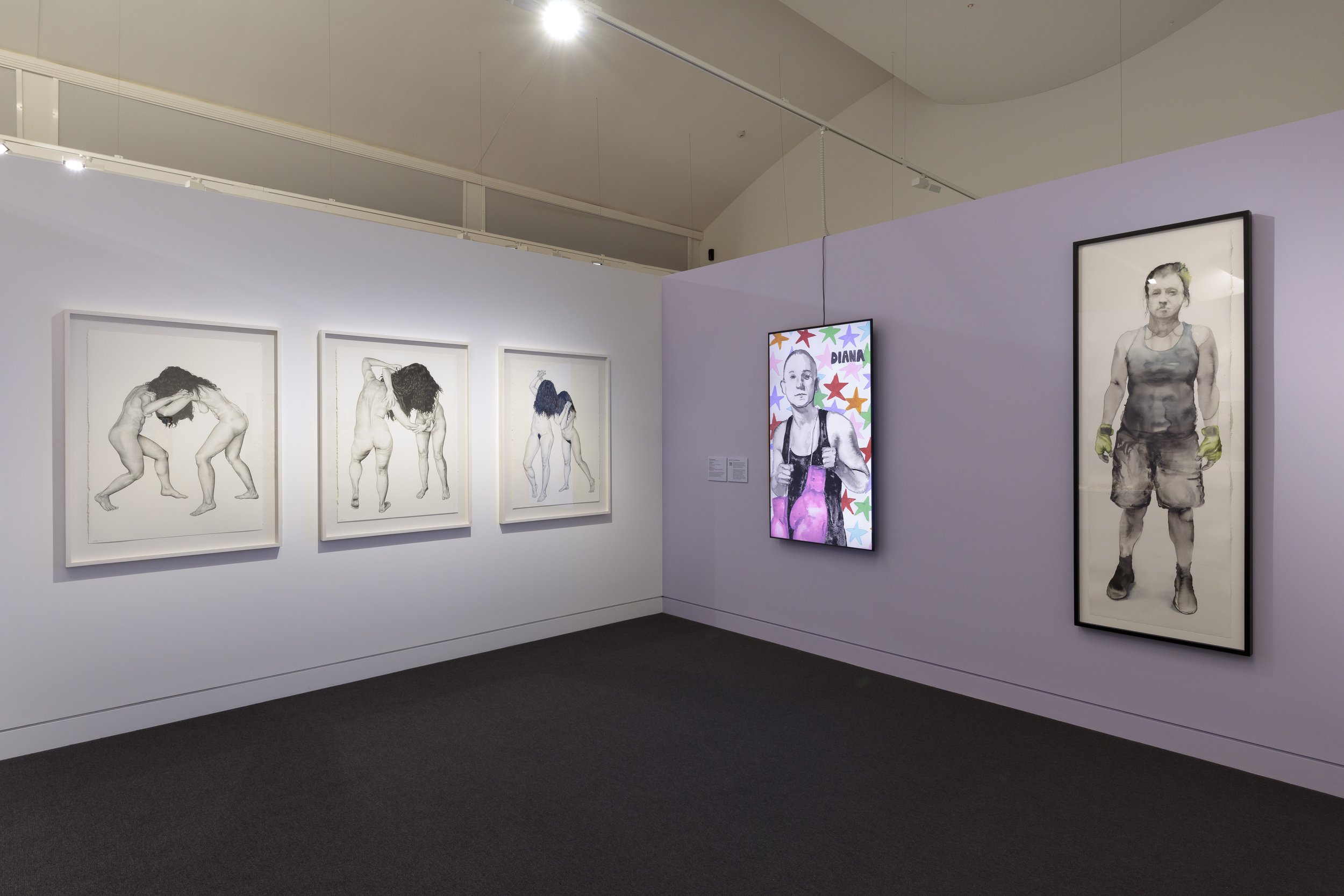
Lily Mae Martin (left) and Fiona McMonagle (right)

Lisa Waup collection

Lisa Waup collection
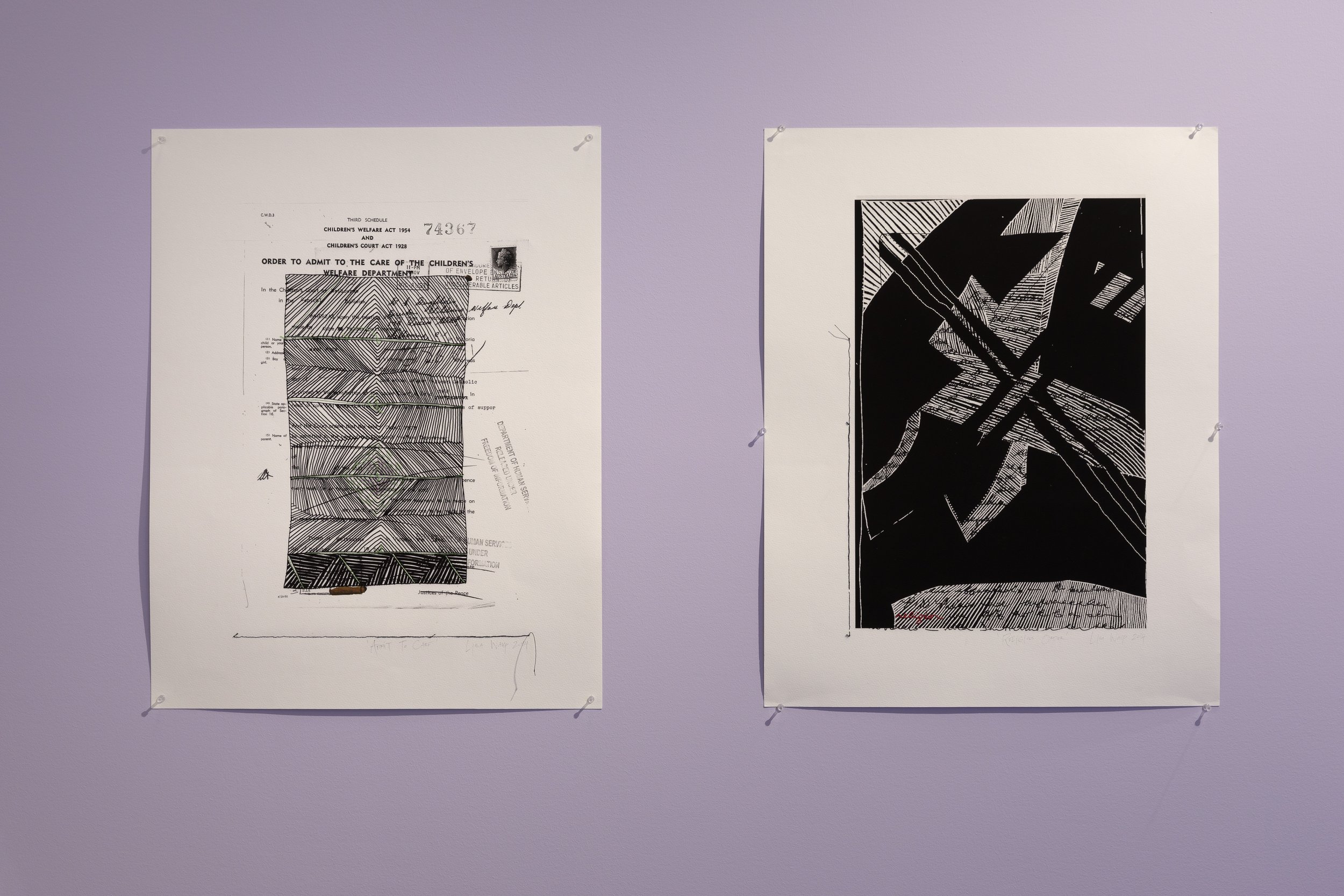
Lisa Waup
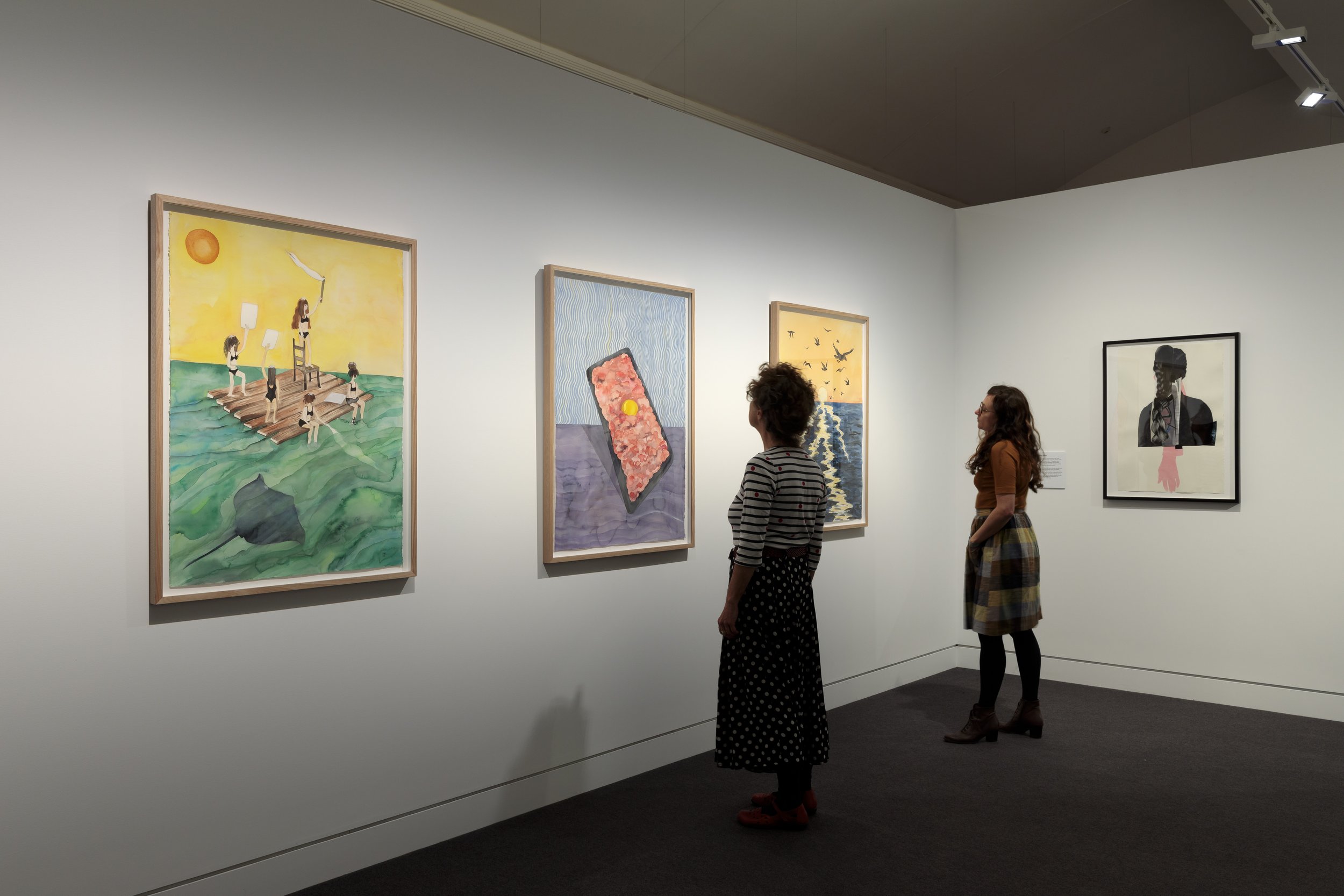
Tai Snaith (left) and Sally Smart (right)
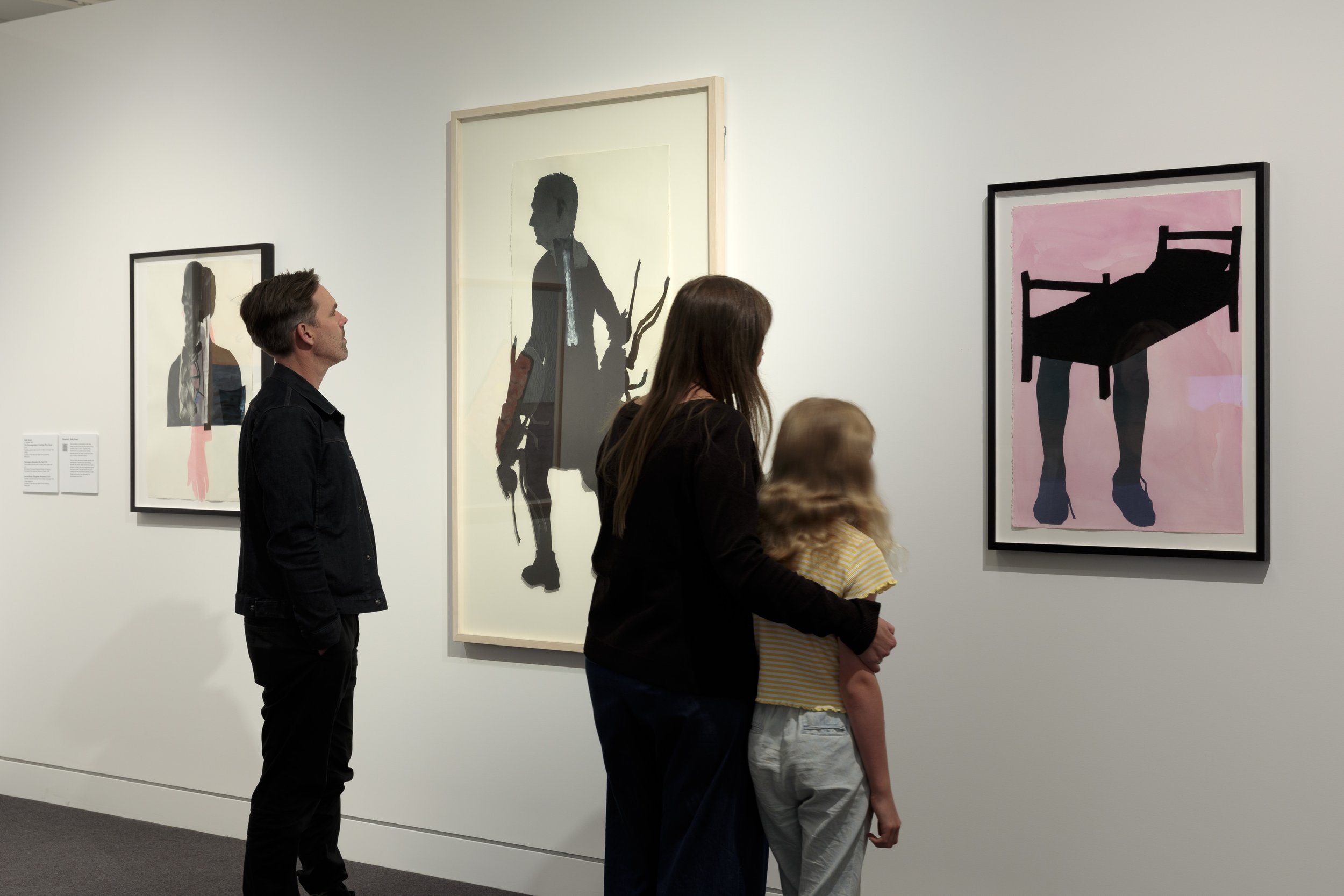
Sally Smart
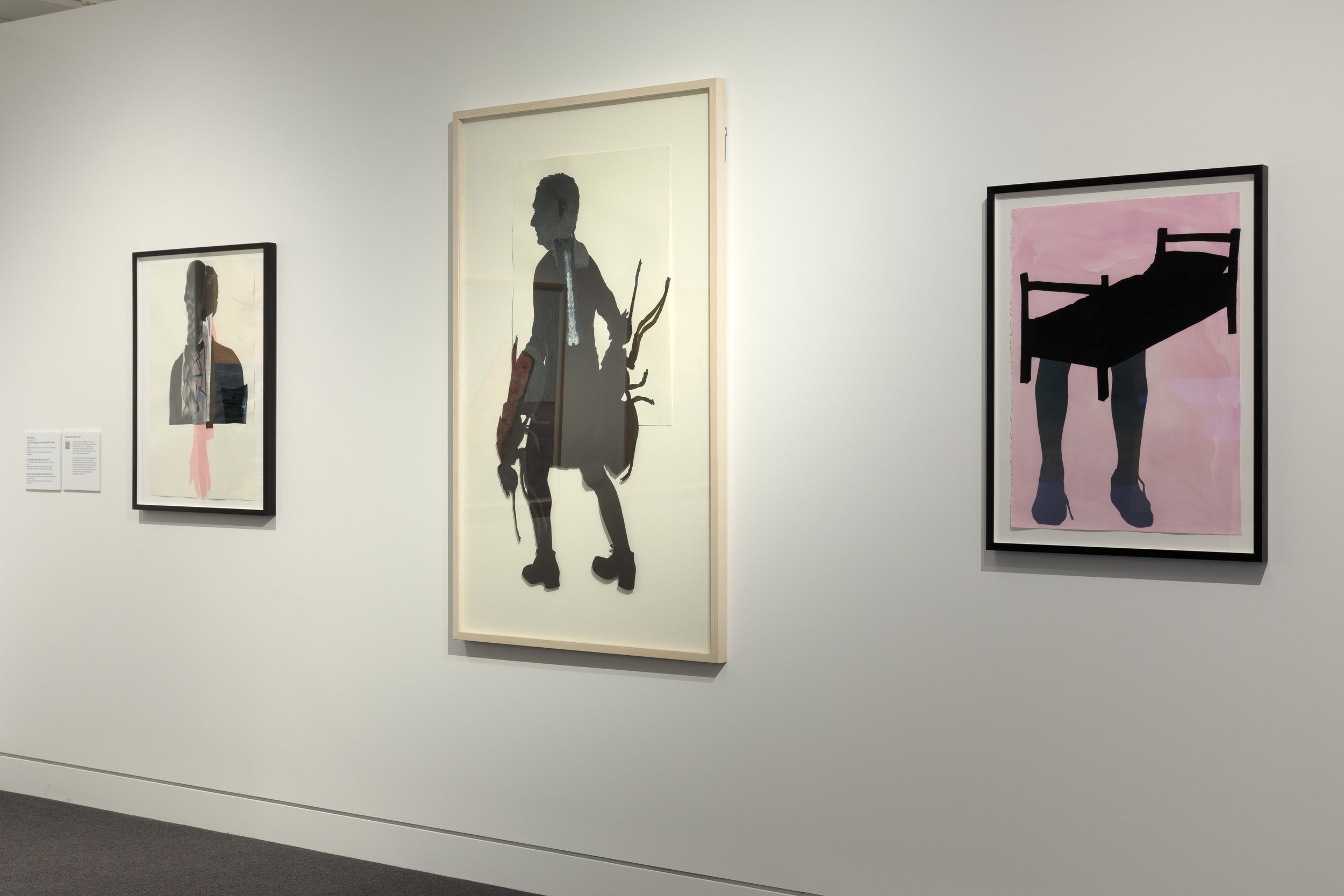
Sally Smart
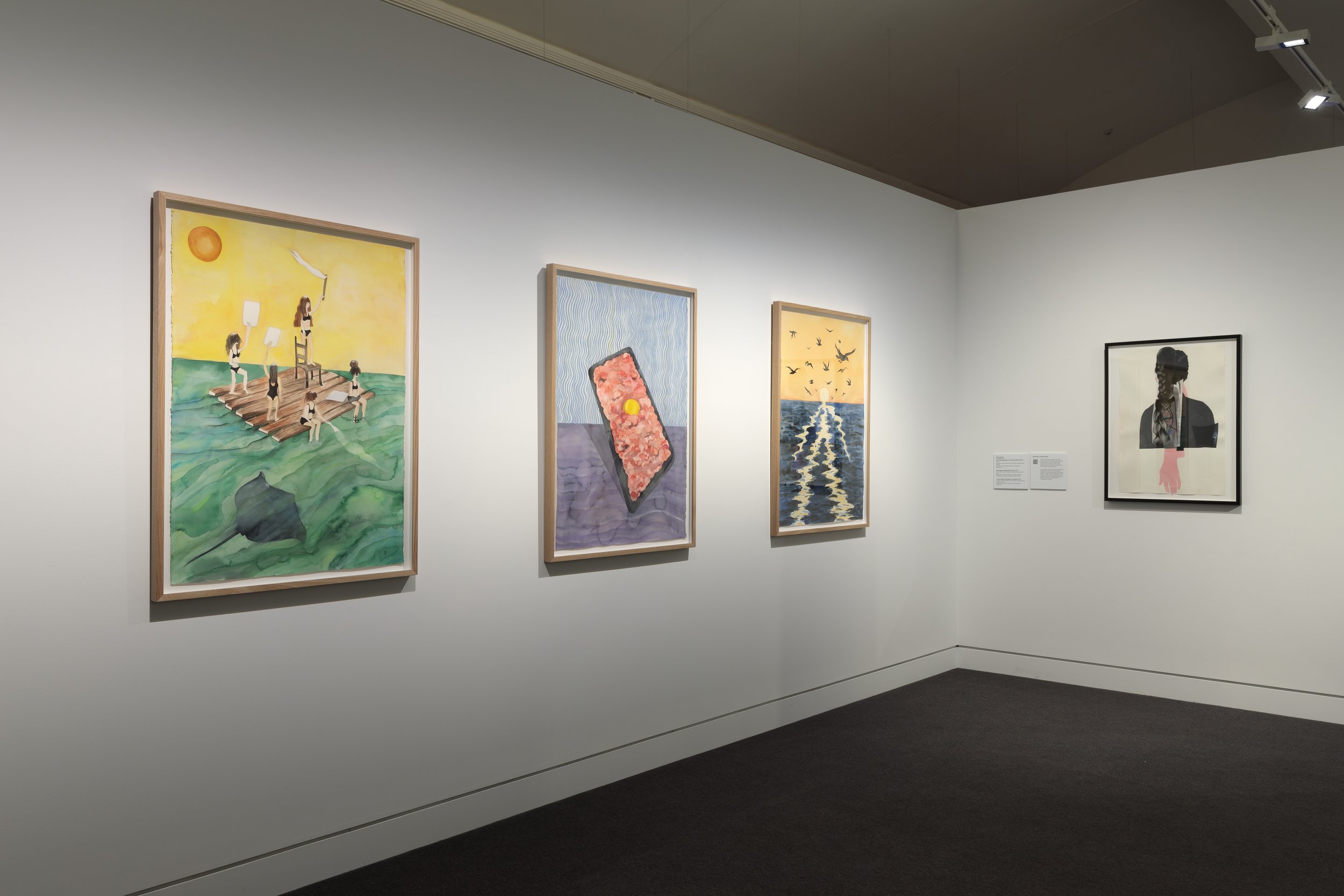
Tai Snaith and Sally Smart

Tai Snaith sketchbooks and objects
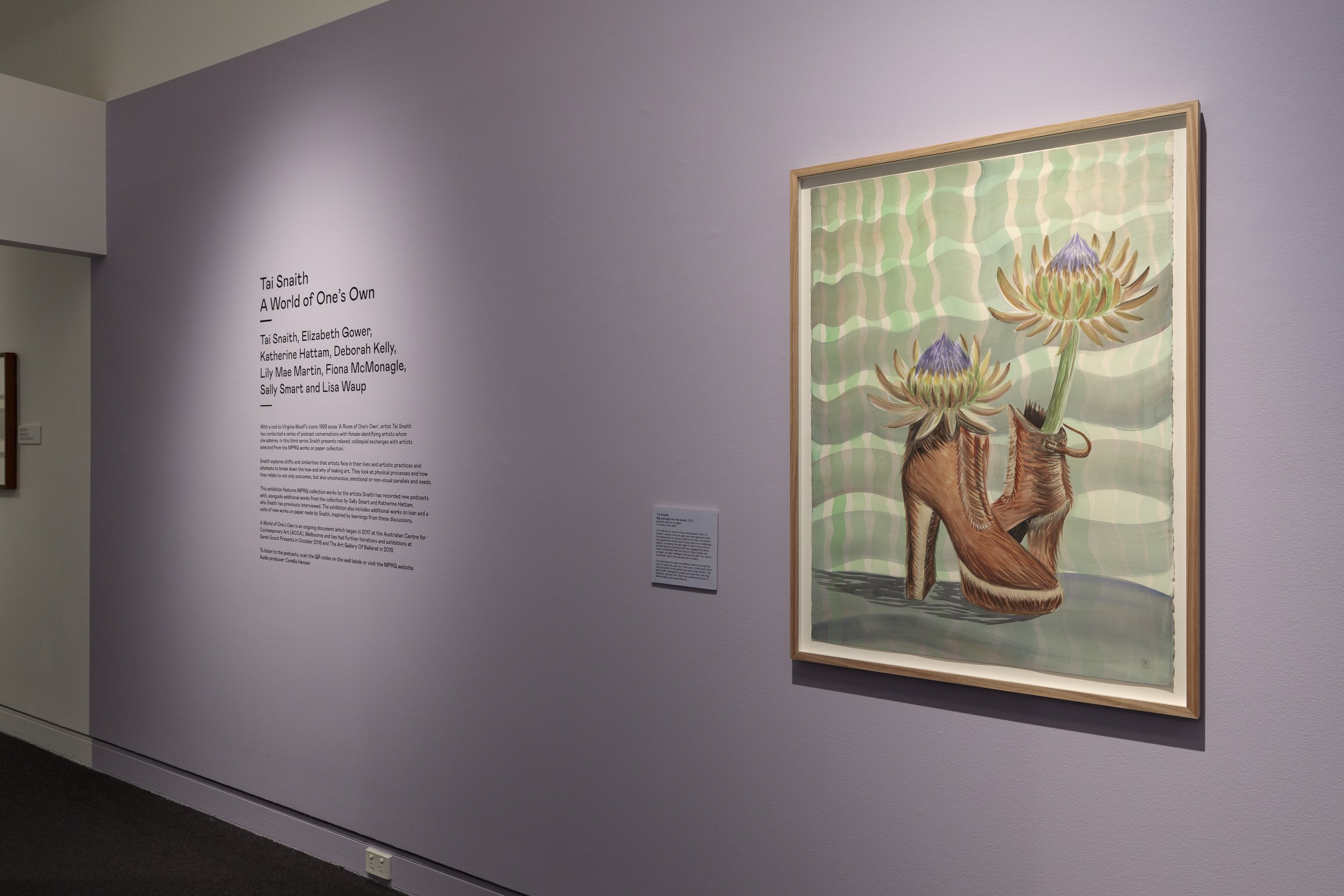
Tai Snaith

